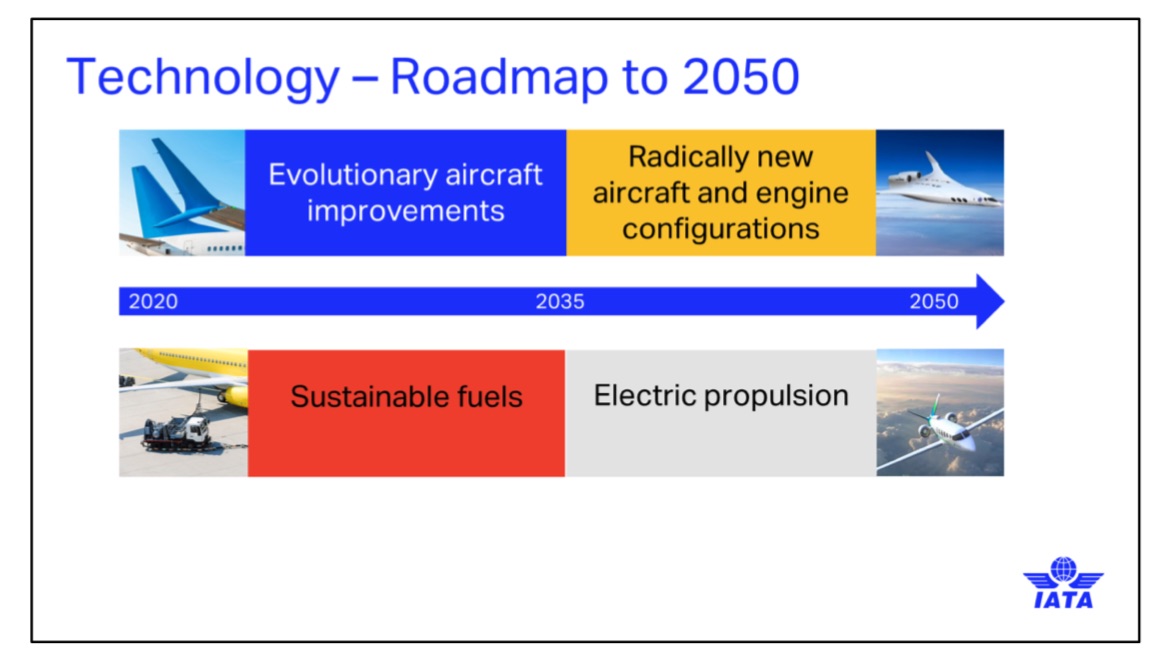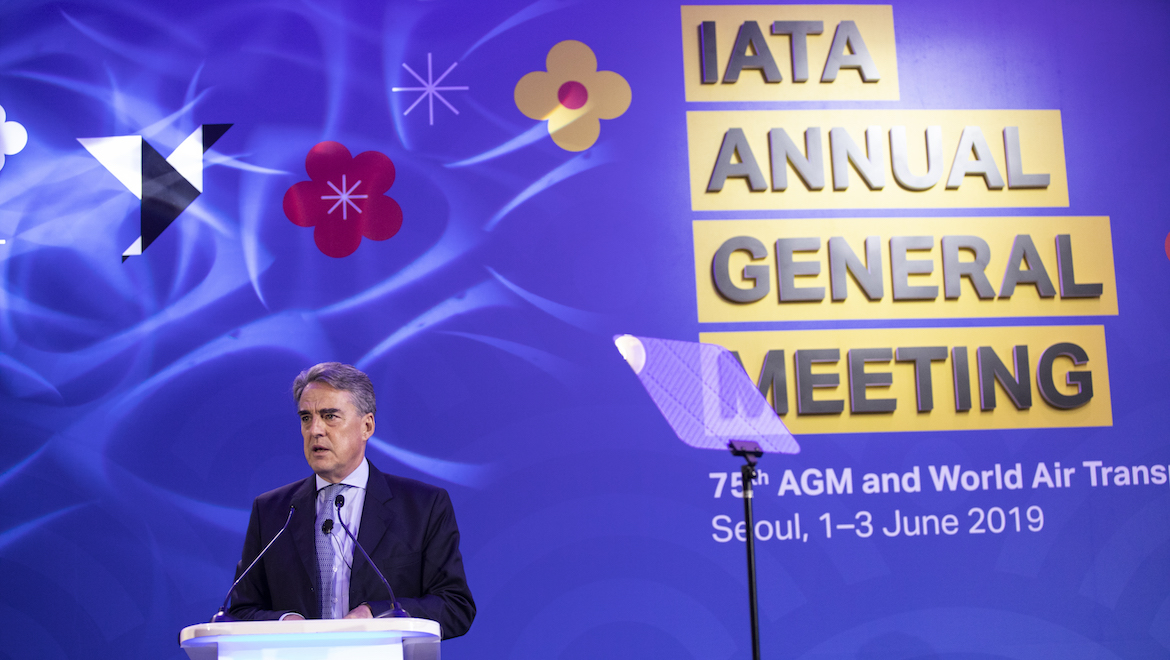
International Air Transport Association (IATA) chief executive Alexandre de Juniac says the industry needs to do a better job of explaining its initiatives to reduce carbon emissions to the wider community.
Aviation, which represented about two per cent of man-made carbon dioxide emissions, has been in the spotlight in recent times amid a nascent “flight shaming” movement alongside calls to reduce or stop flying.
However, de Juniac noted the average journey by air today emitted 50 per cent less carbon than it did in 1990.
Further, the aviation industry has committed to reduce its carbon footprint through the landmark Carbon Offsetting and Reduction Scheme for International Aviation (CORSIA) that was agreed to by the overwhelming number of International Civil Aviation Organisation’s (ICAO) 191 member states in October 2016
“We say that it is possible, at the same time, to fly and to reduce our carbon footprint,” de Juniac told reporters during a conference call on September 24.
“Flying is not the enemy, flying allows to connect people, it’s a great achievement that makes our world a better place.
“The real enemy is carbon and we have committed to reduce our carbon footprint and reduce this enemy.”
de Juniac described the choice between flying and not flying as a “false alternative”.
Some 73 nations, including Australia, New Zealand and Papua New Guinea in this part of the world, have agreed to be part of CORSIA from the start.
The CORSIA agreement has among its targets for the industry to achieve carbon neutral growth from 2020, in addition to a 50 per cent reduction in CO2 emissions by 2050, compared with 2005 levels.
ICAO has also come up with a CO2 emissions standard, where aircraft will have to meet a maximum fuel burn per flight kilometre baseline which must not be exceeded. The standard would apply to new aircraft designs from 2020, while new deliveries of current in-production aircraft models would be subject to the CO2 standard from 2023.
Further, the ICAO measure also recommended a cut-off date of 2028 for production aircraft that did not comply with the standard.
And annual reporting by airlines of emissions on international flights began on January 1 2019.

de Juniac noted aviation was the only industry able to convince more than 190 governments to adopt a single program such as that of CORSIA. However, that message had not gotten through to the general public.
“Frankly, nobody is aware of that outside the aviation circles,” de Juniac said.
“We should communicate, we should explain, we should inform.
“It’s a fantastic story to tell and our ambition is particularly high and we should be proud of it.”
Despite the CORSIA agreement being adopted by the bulk of ICAO’s member states, de Juniac said the scheme could be undermined by regional or national governments potentially “piling so-called green taxes, measures, levies on travellers”.
de Juniac said these were mainly for improving government budgets in the short term but had “no relation or very little relation with environmental performance”.
“We are urging governments first of all to implement CORSIA as it is and secondly to avoid taking measures that would reduce the impact of CORSIA by putting a double punishment or double charge on the industry,” de Juniac said.

The European Union has outlined plans to continue applying its own scheme, the Emissions Trading System (EU ETS), to flights within the European Economic Area after 2021, when CORSIA was due to start.
de Juniac there was a “kind of equality or homogeneity” in the way CORSIA had been designed.
“The strength of the CORSIA program is to be a single program applicable everywhere in the same way,” de Juniac said.
“If some states or some group of states are thinking of unilateral measures on top of CORSIA or besides CORSIA, it will significantly disarm or unbalance the program.
“It could threaten CORSIA as a global program.”
In addition to the CORSIA targets, the IATA has set a target of reducing carbon emissions per passenger by 1.5 per cent per year from 2009 to 2020, as well as aspirations to build an aircraft that produced no emissions within 50 years.
de Juniac said the results from the first 10 years showed a reduction above the target at about 2.3-2.4 per cent.
“We have done a good job and we intend to do an even much better job,” de Juniac said.















